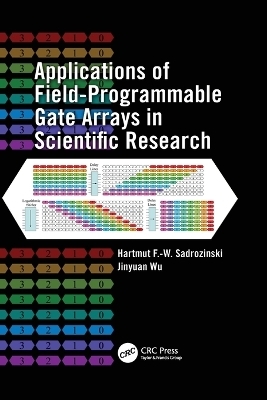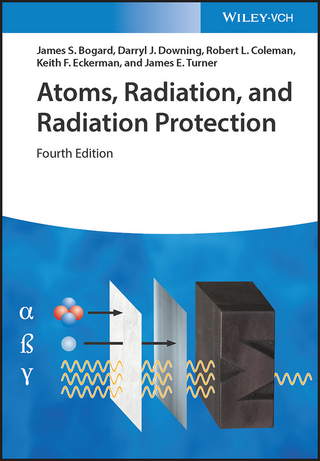
Applications of Field-Programmable Gate Arrays in Scientific Research
CRC Press (Verlag)
978-1-138-11248-3 (ISBN)
The book first describes various FPGA resources, including logic elements, RAM, multipliers, microprocessors, and content-addressable memory. It then presents principles and methods for controlling resources, such as process sequencing, location constraints, and intellectual property cores. The remainder of the book illustrates examples of applications in high-energy physics, space, and radiobiology. Throughout the text, the authors remind designers to pay attention to resources at the planning, design, and implementation stages of an FPGA application, in order to reduce the use of limited silicon resources and thereby reduce system cost.
Supplying practical know-how on an array of FPGA application examples, this book provides an accessible overview of the use of FPGAs in data acquisition, signal processing, and transmission. It shows how FPGAs are employed in laboratory applications and how they are flexible, low-cost alternatives to commercial data acquisition systems.
Web Resource
A supporting website at http://scipp.ucsc.edu/~hartmut/FPGA offers more details on FPGA programming and usage. The site contains design elements of the case studies from the book, including VHDL code, detailed schematics of selected projects, photographs, and screen shots.
Hartmut F.-W. Sadrozinski is a research physicist and adjunct professor at the University of California, Santa Cruz. A senior fellow of the IEEE, Dr. Sadrozinski has been working on the application of silicon sensors and front-end electronics in elementary particle physics and astrophysics for over 30 years. He is currently involved in the use of silicon sensors to support hadron therapy. He earned his Ph.D. from the Massachusetts Institute of Technology. Jinyuan Wu is an electronics engineer in the Particle Physics Division of Fermi National Accelerator Laboratory. Dr. Wu is a frequent lecturer at international workshops and IEEE conferences. He earned his Ph.D. in experimental high energy physics from Pennsylvania State University.
Introduction. Understanding FPGA Resources. Several Principles and Methods of Resource Usage Control. Examples of an FPGA in Daily Design Jobs. The ADC + FPGA Structure. Examples of FPGA in Front-End Electronics. Examples of an FPGA in Advanced Trigger Systems. Examples of an FPGA Computation. Radiation Issues. Time-over-Threshold: The Embedded Particle-Tracking Silicon Microscope (EPTSM). Appendix. Index.
| Erscheinungsdatum | 25.07.2017 |
|---|---|
| Zusatzinfo | 2 Tables, black and white; 2 Illustrations, color; 91 Illustrations, black and white |
| Verlagsort | London |
| Sprache | englisch |
| Maße | 156 x 234 mm |
| Gewicht | 226 g |
| Themenwelt | Naturwissenschaften ► Physik / Astronomie ► Angewandte Physik |
| Technik ► Elektrotechnik / Energietechnik | |
| Technik ► Umwelttechnik / Biotechnologie | |
| ISBN-10 | 1-138-11248-8 / 1138112488 |
| ISBN-13 | 978-1-138-11248-3 / 9781138112483 |
| Zustand | Neuware |
| Haben Sie eine Frage zum Produkt? |
aus dem Bereich


